Embedded diodes boost Rice University invention’s potential as robust, roomy memory.


Embedded diodes boost Rice University invention’s potential as robust, roomy memory.
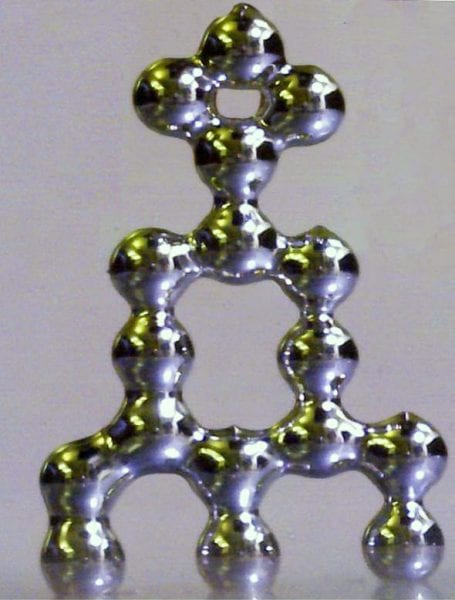
Researchers have developed three-dimensional printing technology and techniques to create free-standing structures made of liquid metal at room temperature.
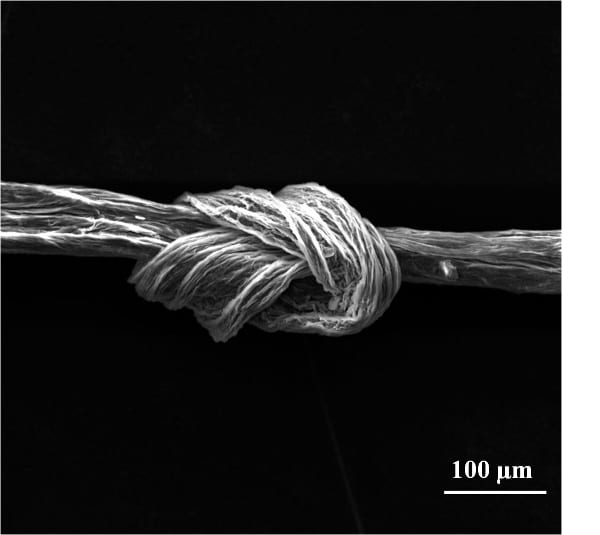
Large flakes of graphene oxide are the essential ingredient in a new recipe for robust carbon fiber created at Rice University.
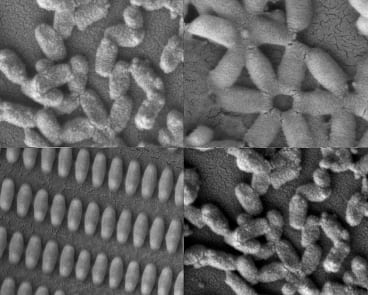
New research enables high-speed customization of novel nanoparticles for drug delivery and other uses.
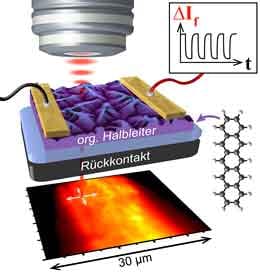
A team has, for the first time, succeeded in functionally characterizing the active layer in organic thin-film solar cells using laser light.
New electronics harness quantum tunnelling to create transistors without semiconductors.
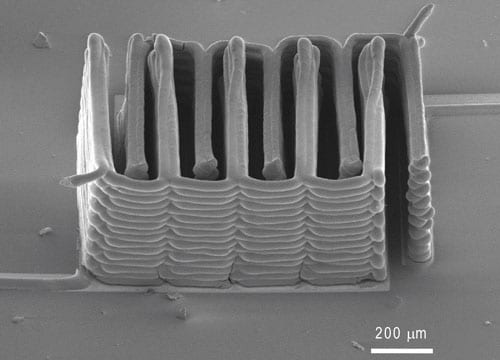
Novel application of 3D printing could enable the development of miniaturized medical implants, compact electronics, tiny robots, and more.

Synthetic silicate may stimulate stem cells to become bone cells.

Organic photovoltaic materials may lead to solar cells that produce more power and cost less.
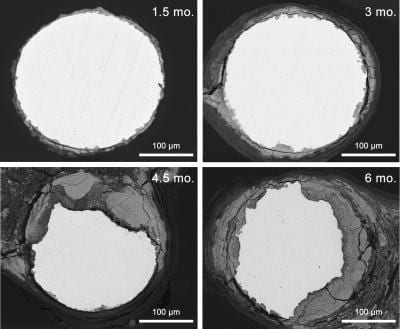
Some materials dissolve too quickly in the body, and some hang around forever — zinc, however, may be just right.